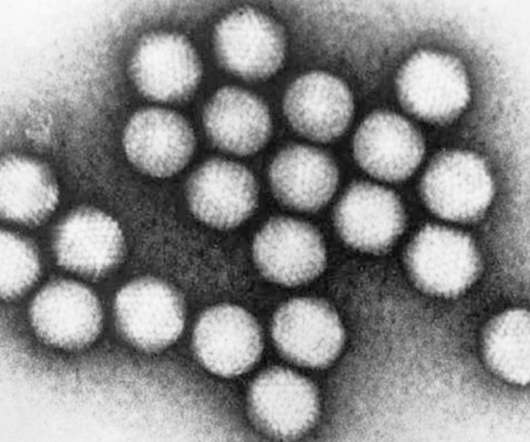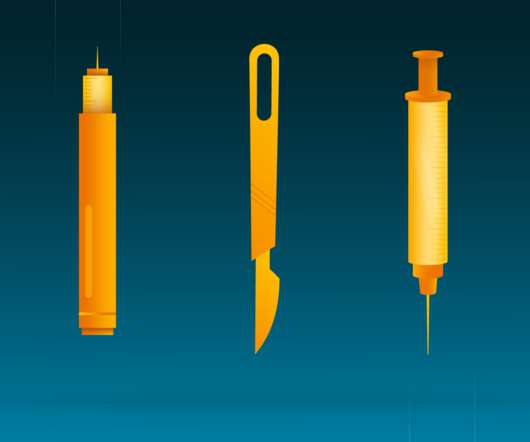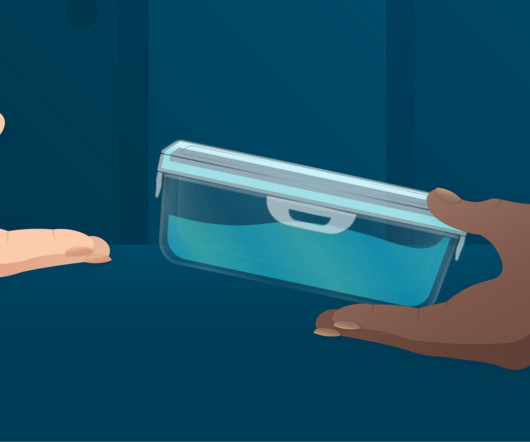STAT+: Biotech turns to new and strange viruses to overcome gene therapy’s limitations
STAT News
SEPTEMBER 26, 2022
— The fluorescent orange sticker atop the white machine reads “BIOHAZARD,” but it’s a bit of a misnomer. CAMBRIDGE, Mass.

STAT News
SEPTEMBER 26, 2022
— The fluorescent orange sticker atop the white machine reads “BIOHAZARD,” but it’s a bit of a misnomer. CAMBRIDGE, Mass.

Advarra
AUGUST 31, 2022
All potentially infectious sharps must be disposed of in a biohazard sharps container immediately after use without recapping. Once loaded and capped, the syringe must be transported to the clinic in a sealed, leak-proof, and biohazard-labeled container. Needles must not be bent or sheared. Safety-engineered Syringes. Recapping tools.
This site is protected by reCAPTCHA and the Google Privacy Policy and Terms of Service apply.

Advarra
OCTOBER 26, 2023
Controlled Environment and IP Containment The potential for a release, and the risk associated with a genetically engineered IP, are part of the IBC’s assessment purview under National Institutes of Health (NIH) Guidelines. And don’t forget to affix a biohazard sticker to the exterior for quick and clear identification.

Advarra
JULY 28, 2022
In the case of IBC review, we’re preventing exposure to biologics such as engineered genetic materials and/or infectious agents. Work surfaces, such as the horizontal surface inside the BSCs, must be disinfected following work or spills involving biohazardous materials.

Advarra
JUNE 12, 2023
IBCs, however, seek to protect study personnel, the community, and the environment from exposure to engineered genetic material and other biohazardous agents. The IBC’s review is intended to ensure a thorough risk assessment is performed regarding the risks associated with the genetically modified materials.
Let's personalize your content